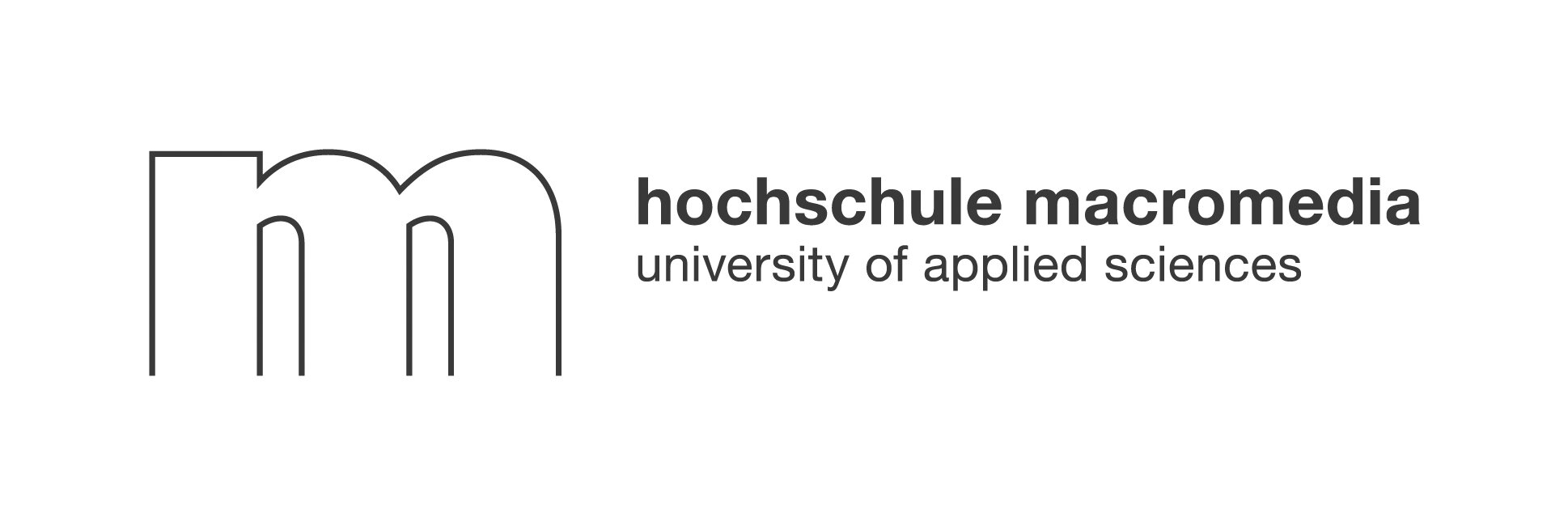Mental health in the workplace is no longer a side note—it's a central pillar of thriving organizations. Today, employees expect more than a paycheck; they want a workplace that supports their well-being, values their contributions, and helps them grow. But how can companies move beyond surface-level perks and truly foster a mentally healthy environment, especially in hybrid or remote settings? This guide unpacks the latest research, exposes hidden pitfalls, and introduces fresh, AI-driven approaches like those pioneered by Neroia to help teams flourish. Ready to discover how to make mental health in the workplace your organization's superpower? Let’s dive in.
Why Caring About Work-Related Well-Being Pays Off
The pandemic wake-up call
The COVID-19 pandemic dramatically changed how people view work and well-being. Suddenly, millions experienced blurred boundaries between home and office, increased isolation, and heightened stress. This collective experience highlighted just how tightly mental health in the workplace is tied to productivity, engagement, and retention. Employees began to prioritize workplaces that value their well-being, and companies realized that supporting mental health isn't just compassionate—it's essential for business success.
"A healthy workforce is the foundation for thriving organizations and healthier communities."
— U.S. Surgeon General Vivek Murthy, MD
Key numbers every leader should know
Consider these data points:
- 76% of U.S. workers reported at least one symptom of a mental health condition (MindShare Partners, 2021).
- 84% said workplace conditions contributed to at least one mental health challenge.
- 15% of working-age adults globally had a mental disorder in 2019 (WHO).
- 12 billion working days are lost each year to depression and anxiety, costing $1 trillion in lost productivity worldwide.
- 81% of workers now seek employers who actively support mental health (APA, 2022).
Clearly, investing in mental health in the workplace is not just a moral imperative—it's a smart business strategy.
Spotting the Hidden Risk Factors Hurting Staff Morale

Job design and workload traps
Even well-meaning companies can inadvertently create conditions that undermine mental health. Common pitfalls include:
- Excessive workloads and unrealistic deadlines
- Lack of control over how and when work is done
- Unclear job roles or expectations
- Limited opportunities to use skills or develop new ones
These factors can leave employees feeling powerless, stressed, and disengaged. In hybrid and remote environments, the risks are amplified—without careful design, people can feel invisible or overwhelmed by digital overload.
Culture killers: bullying, bias and burnout
Toxic workplace cultures are silent saboteurs of mental health in the workplace. Key danger zones include:
- Bullying, harassment, or exclusion
- Discrimination based on race, gender, age, or other factors
- Lack of support from managers or peers
- Chronic burnout and presenteeism (showing up but not truly engaged)
Remote work can mask these issues, making it harder for leaders to spot warning signs. That’s why proactive, evidence-based workplace mental health solutions are more important than ever.
The Five Pillars of a Mentally Healthy Workplace
Experts and organizations like the U.S. Surgeon General and WHO agree: sustainable mental health in the workplace rests on five essentials.
Protection from harm
Physical and psychological safety is the bedrock of well-being. This means:
- Enforcing anti-bullying and anti-discrimination policies
- Providing clear reporting channels for concerns
- Ensuring job security and fair wages
When employees feel safe, they’re more likely to take healthy risks, share ideas, and seek help when needed.
Connection and community
Humans are social creatures. Fostering genuine connections at work:
- Reduces loneliness and isolation
- Builds trust and collaboration
- Increases engagement and innovation
Traditional employee wellness programs often fall short here, especially in hybrid settings. That’s where new approaches—like Neroia’s AI-driven micro-events—shine by creating organic small-group interactions tailored to real interests.
Work-life harmony
A mentally healthy workplace respects boundaries and supports flexibility. Key practices include:
- Offering remote or hybrid work options
- Allowing flexible hours where possible
- Encouraging regular breaks and paid leave
This empowers employees to integrate work with personal life, reducing stress and boosting satisfaction.
Mattering at work
People want to know their work—and their presence—matters. This pillar involves:
- Recognizing contributions regularly
- Providing a living wage and benefits
- Involving employees in decision-making
When workers feel valued, their motivation and loyalty soar.
Opportunity for growth
Growth fuels optimism and resilience. Mentally healthy workplaces:
- Offer training, mentoring, and clear advancement paths
- Encourage skill development and stretch assignments
- Provide constructive feedback
This not only benefits individuals but strengthens the entire organization.
Legal Rights and Duties You Can’t Ignore
Parity, ADA and FMLA basics
Workplace mental health is protected by several key laws:
- Mental Health Parity and Addiction Equity Act (MHPAEA): Requires that mental health benefits are equal to physical health benefits in employer health plans.
- Americans with Disabilities Act (ADA): Protects employees with mental health conditions from discrimination and requires reasonable accommodations.
- Family and Medical Leave Act (FMLA): Allows eligible employees up to 12 weeks of job-protected leave for serious health conditions, including mental health.
"Workers with mental health conditions may be protected against discrimination and have a legal right to reasonable accommodations."
— U.S. Department of Labor
Reasonable accommodation made simple
Reasonable accommodations for mental health in the workplace can include:
- Flexible work hours or remote options
- Modified job duties or reduced workload
- Extra breaks or private spaces for decompression
- Time off for therapy or medical appointments
Employers must engage in an interactive process to find solutions that work for both the employee and the business.
Practical Steps Employers Can Take to Improve Mental Health in the Workplace
Manager training that sticks
Managers are the frontline for fostering mental health in the workplace. Training should cover:
- Recognizing signs of distress
- Having supportive, stigma-free conversations
- Referring employees to resources or support
Evidence shows that well-trained managers boost engagement, reduce turnover, and create safer environments for all.
Normalising conversations around help-seeking
Open dialogue breaks down stigma. Companies can:
- Share mental health resources openly
- Encourage leaders to discuss their own experiences
- Use regular check-ins to ask about well-being
Small actions—like sharing a mental health resource in a team meeting—can make a big difference.
Low-cost perks with high impact
Not all solutions require big budgets. Consider:
- Flexible scheduling or remote work
- Access to mindfulness or yoga sessions
- Peer support groups or social clubs
Here’s where innovative platforms like Neroia come in, using AI to match employees with micro-events—such as lunchtime walks, meditation circles, or creative workshops—based on shared interests and schedules. This approach makes support feel natural and relevant, not forced or generic.
How Employees Can Safeguard Their Own Well-Being at Work
Setting boundaries without guilt
Employees can protect their mental health in the workplace by:
- Clearly communicating work hours and personal limits
- Using vacation and sick days
- Saying no to non-essential tasks when overloaded
Remember, healthy boundaries benefit both individuals and teams.
Building personal support networks
No one should go it alone. Employees thrive when they:
- Connect with trusted colleagues
- Join small-group activities or interest-based clubs
- Seek out mentors or peer support
Platforms like Neroia make it easy to effortlessly discover coworkers with similar interests, fostering organic support networks even in remote or hybrid teams.
Measuring Success: Tracking Progress and Refining Your Approach
KPIs beyond absenteeism
To truly gauge the impact of mental health in the workplace, look beyond absenteeism. Track:
- Employee engagement scores
- Turnover rates
- Participation in wellness programs or micro-events
- Self-reported well-being and satisfaction
Using surveys and focus groups wisely
Regular feedback is crucial. Use anonymous surveys and small focus groups to:
- Identify emerging risks or needs
- Test new initiatives
- Ensure everyone feels heard and included
"Sustainable change must be driven by committed leaders in continuous collaboration with the valued workers who power each workplace."
— U.S. Surgeon General’s Framework for Workplace Mental Health and Well-Being
Comparing Traditional Wellness Programs vs. AI-Driven Micro-Events
Hidden Benefits of AI-Driven Mental Health Support
- Breaks down workplace silos and isolation
- Encourages authentic, informal interactions
- Adapts to changing employee needs in real time
- Supports inclusion and belonging for all roles
- Reduces planning friction for HR and employees
Steps to Launch a Mentally Healthy Workplace Culture
- Assess current risks and employee needs through surveys and focus groups.
- Train managers and staff on mental health literacy and support.
- Implement AI-driven micro-events for organic connection (e.g., yoga, Qigong, group runs).
- Promote open conversations and normalize help-seeking.
- Measure progress and refine strategies with ongoing feedback.
Why Traditional Wellness Programs Fall Short—and How Neroia Leads the Way
Many traditional employee wellness programs struggle to make a real impact on mental health in the workplace. Why? They often rely on generic initiatives—think mass webinars or company-wide challenges—that don’t resonate with individual needs. In hybrid or remote setups, these programs can feel even more disconnected, failing to bridge the gap between isolated employees.
Neroia’s vision flips the script. By leveraging AI-driven mental health support, Neroia curates micro-events—intimate gatherings of 3-4 participants—based on shared interests, schedules, and wellness goals. Instead of forcing interactions, the platform helps employees effortlessly discover meaningful activities, whether it’s a mindfulness break, a yoga session, or a supportive conversation circle.
During pilot programs, employees reported higher engagement and satisfaction with AI-orchestrated activities like Qigong, company runs, and creative workshops. The AI chat coordinator removes the hassle of planning, making it easy for anyone to join in, connect, and recharge.
Neroia’s commitment doesn’t stop there. The platform’s closed, secure community and anonymized analytics ensure privacy while providing HR with deep insights—without sacrificing trust. By integrating with existing wellness resources and adapting to any workplace model, Neroia represents the future of workplace mental health solutions: personalized, scalable, and genuinely employee-centric.
"Neroia’s AI platform advances mental health in the workplace by breaking silos, cultivating safe engagement, and enabling authentic connections—no matter where or how your team works."
The Future of Compassionate, Tech-Enhanced Mental Health Strategies
As workplaces continue to evolve, the most successful organizations will be those that treat mental health in the workplace as a shared, ongoing journey. AI-driven tools like Neroia’s platform are redefining what’s possible—making it easier than ever to foster well-being, collaboration, and productivity through authentic, small-group experiences.
If your organization is ready to move beyond superficial perks and embrace a new era of workplace mental health solutions, consider how platforms like Neroia can help you build happier, healthier teams—today and into the future.




